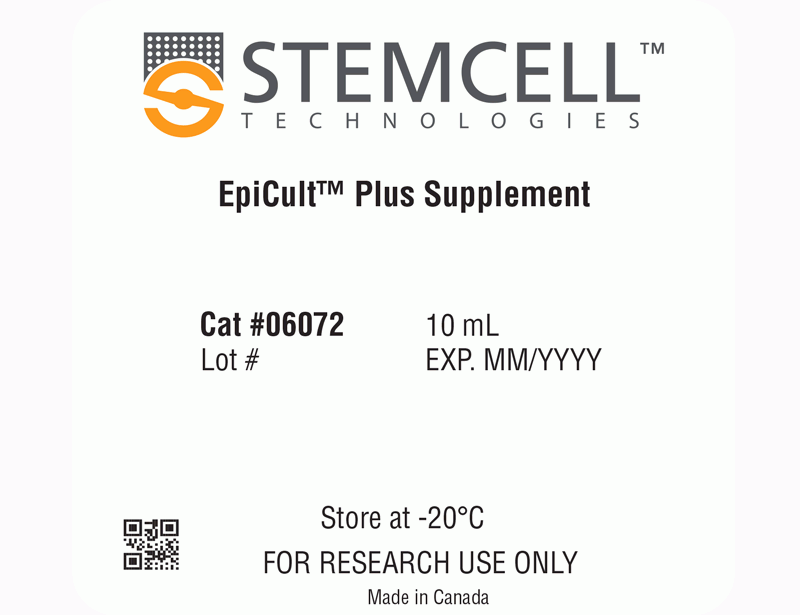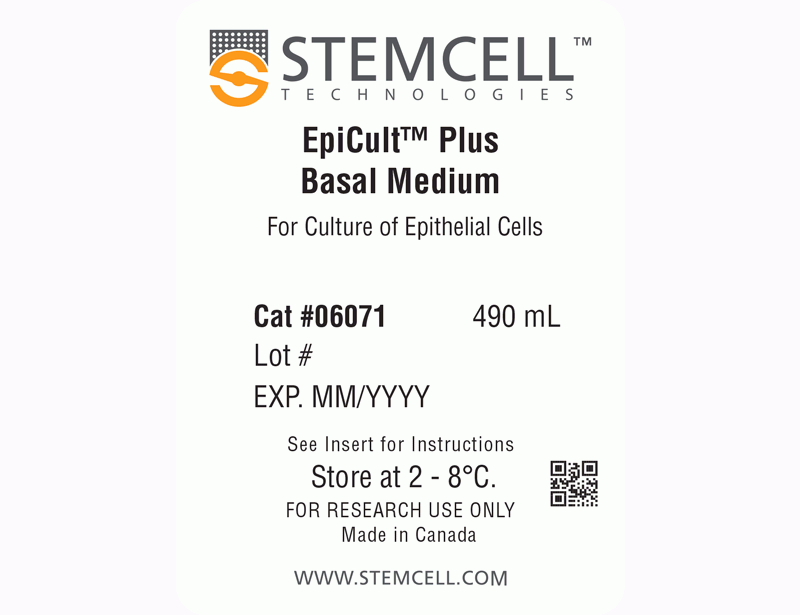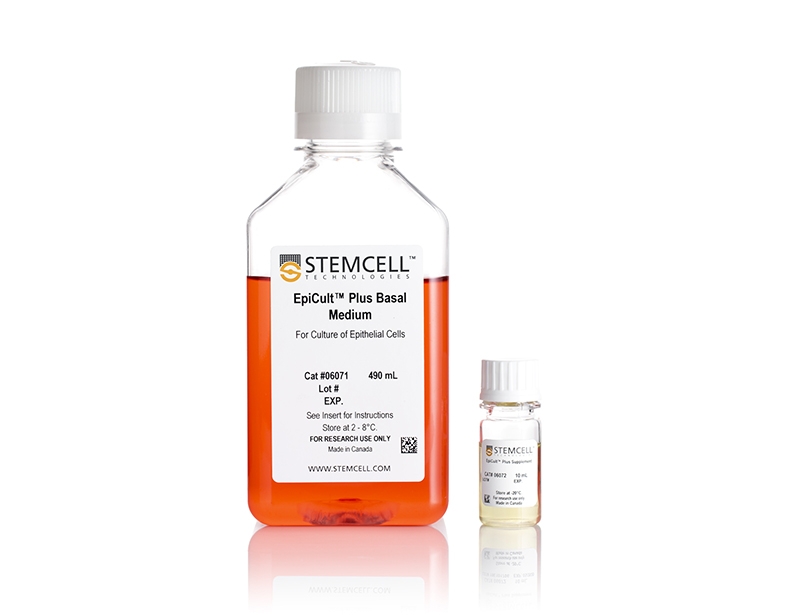概要
EpiCult™ Plus Medium is not recommended for human keratinocytes or primary human airway cells; for culturing primary human airway cells, we recommend PneumaCult™-Ex Plus Medium (Catalog #05040).
Note: Hydrocortisone Stock Solution (Catalog #07925) is required for preparation of complete EpiCult™ Plus Medium.
技术资料
| Document Type | 产品名称 | Catalog # | Lot # | 语言 |
|---|---|---|---|---|
| Product Information Sheet | EpiCult™ Plus Medium | 06070 | All | English |
| Safety Data Sheet 1 | EpiCult™ Plus Medium | 06070 | All | English |
| Safety Data Sheet 2 | EpiCult™ Plus Medium | 06070 | All | English |
数据及文献
Data

Figure 1. EpiCult™ Plus Enables the Long-Term Growth of Epithelial Stem Cells From Prostate and Mammary Tissues
(A) Mouse mammary, (B) mouse prostate, and (C) human prostate samples were established and expanded in EpiCult™ Plus. Growth curves from three independent samples are shown here.
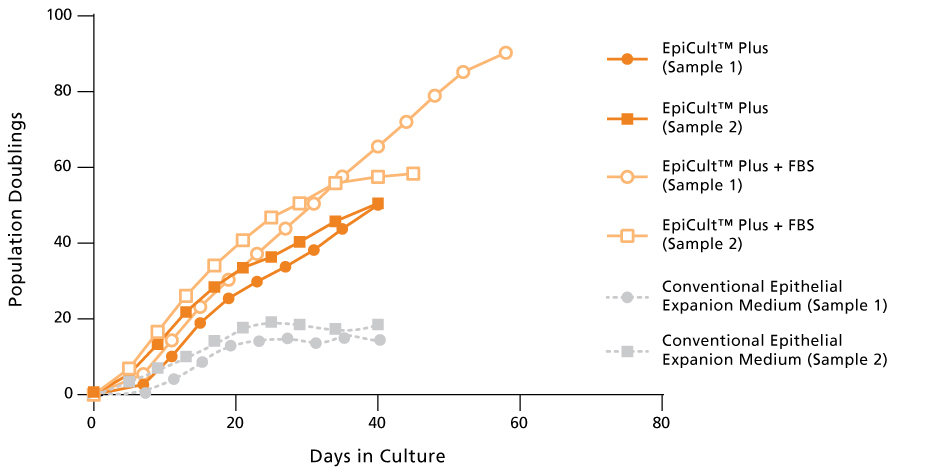
Figure 2. Human Mammary Epithelial Cells Expand More Rapidly When Cultured in EpiCult™ Plus Compared to Conventional Epithelial Cell Expansion Media
Human mammary epithelial cells expanded in EpiCult™ Plus (solid line, solid markers) can be grown beyond 20 population doublings while cells grown in conventional epithelial cell expansion medium (dotted line, solid markers) senesced after approximately 10 population doublings. The addition of FBS to EpiCult™ Plus (solid line, open markers) allowed further expansion of the human mammary epithelial cells.
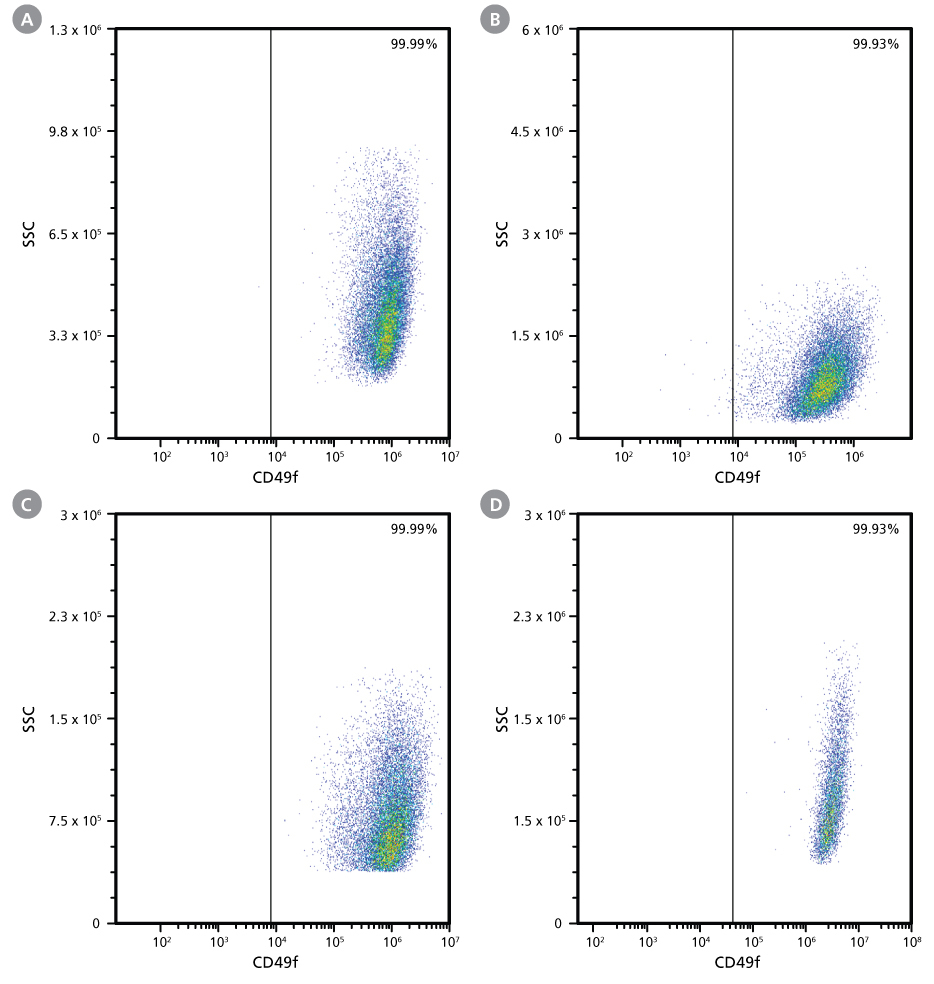
Figure 3. Cells Cultured in EpiCult™ Plus are Maintained in a Basal-Like State
EpiCult™ Plus maintains epithelial stem cells in a basal-like state as observed by the marker expression of CD49f in (A) mouse mammary, (B) mouse prostate, (C) human mammary, and (D) human prostate epithelial cells that were cultured in EpiCult™ Plus for a minimum of 8 passages. Flow cytometry analysis shows > 99% expression of CD49f across tissues.
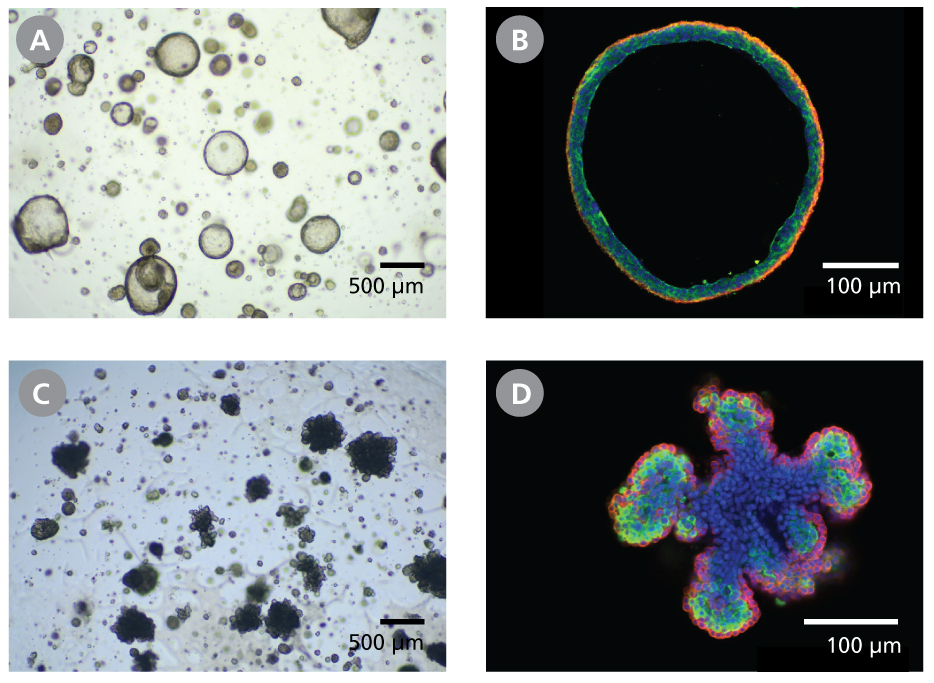
Figure 4. Epithelial Cells Expanded with EpiCult™ Plus can be Differentiated as Organoids
Mouse epithelial cells were expanded in EpiCult™ Plus and differentiated into either (A,B) prostate or (C,D) mammary organoids. (B,D) Both mouse prostate and mammary organoids express the luminal marker keratin 8 (K8) (green) and the basal marker keratin 14 (K14) (red) by immunofluorescence microscopy; nuclei are counterstained with DAPI.

 网站首页
网站首页
